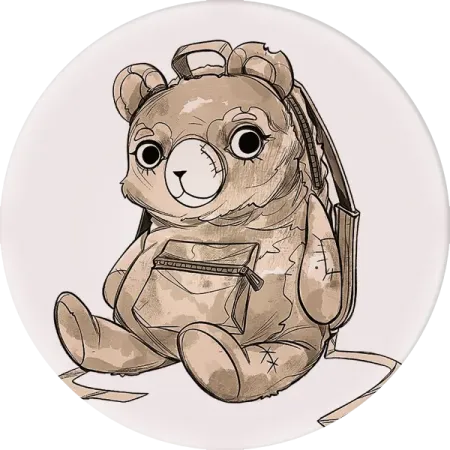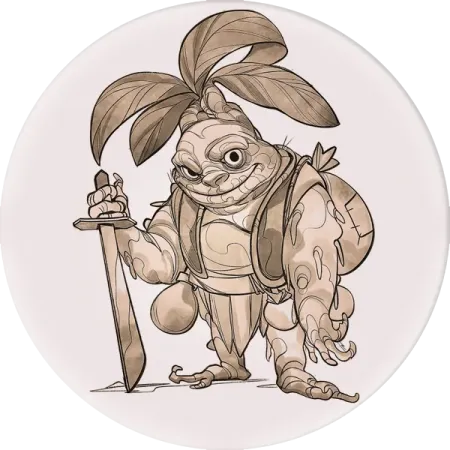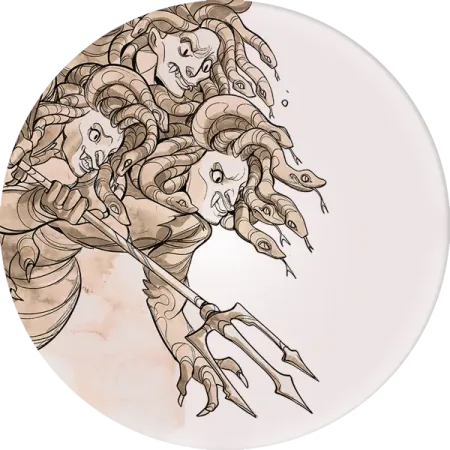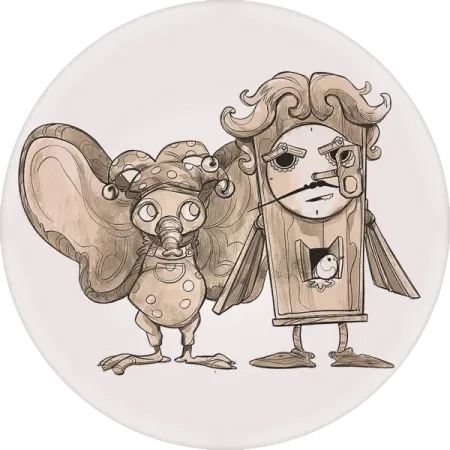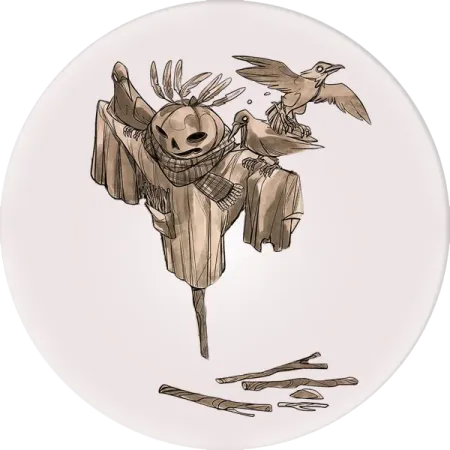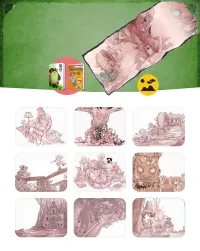A Courtroom Procedure
Fido, captured and sentenced by ghosts,
is saved at the last moment by Anne —
with a story that might
reveal the forgotten truth.
The ghost leader stepped forward heavily, his many sharp claws clacking against the stone floor. Then, in a sudden outburst of rage, he flew up, grabbed the cage, and shook it violently, causing Fido to bounce inside like a rag doll. Several times his head clanged against the iron bars.
“Monster! Monster! Monster!” the ghost roared, slamming the cage one last time before landing back on the ground. Fido, who had clung tightly to the bars, let go and lay down in the middle of the cage again, as if nothing had happened.
“We all know the monster,” the ghost began. “This dwarf is our most vicious enemy… a merciless creature we’ve been at war with for as long as we can remember… a nightmare whose very existence poisons our lives...”
“Blah blah blah,” Fido yawned loudly. “Why not just admit we’ve been playing war all along?”
“...whose very existence poisons our lives,” the ghost repeated angrily. “And whom we will finally be rid of today — once and for all.”
“What, not in the mood to play anymore?” Fido said with feigned sympathy. “You guys must be getting old.”
“Each of us bears on our body the scars of battle with this predator,” the ghost went on. “His cruelty knows no bounds. His heart is carved from stone, and his merciless sword strikes without regard for beauty...”
“Beauty? Where’s the beauty?” Fido stood up and looked around, shading his eyes. “Ah, I get it — that tentacle blob thinks he’s the beauty here. Hey buddy,” he added casually, turning to the ghost, “compared to you, I’m Snow White among the seven dwarfs — and no one’s ever called me pretty. That tell you anything?”
“Silence, fiend!” the ghost bellowed, now clearly losing patience. “You dare show no respect, even before the court?”
“What, you gonna throw me out of the courtroom?” Fido smirked crookedly.
Reflections on the scene
⸻ ❦ ⸻
– ❦ –
This is not just a scene—it’s a moment of reckoning. Fido, the valiant, gruff protector, stands accused in a macabre parody of justice. But what looks like a trial is in truth a tragedy: the ghosts, terrifying in appearance and manner, are nothing but broken toys—his own broken toys. Fido, like Anne in the first book, is trapped in the Forest because he has not faced the past. And unlike Anne, he hasn’t yet accepted that these monsters are his doing.
The courtroom imagery is intentionally grotesque: a headless judge, swampy fog, misshapen creatures—Kafka reimagined for a children’s tale. But there’s method to this madness. These ghosts seek revenge not for what Fido has done to them now, but for an ancient hurt they themselves don’t fully understand. Their judgment is based not on truth but pain, and that’s what makes it so dangerous. It is scapegoating disguised as righteousness.
And just when despair seems total, Anne enters—not as a warrior, not as a hero, but as a voice. She challenges the trial not with violence but with justice. Her cry for the right to defense rings like a moral thunderclap. In a world of twisted faces and murky motives, her call to fairness is radiant and clear.
This scene is about guilt, projection, and the power of speaking out. It tells us: trauma unhealed becomes vengeance. But also—compassion can interrupt the cycle. Even when the ghosts howl, a single voice of truth can change the story.


